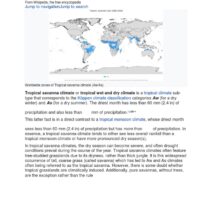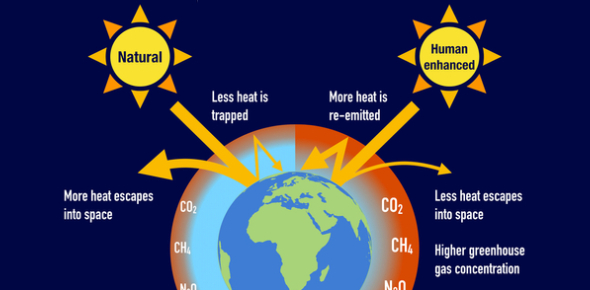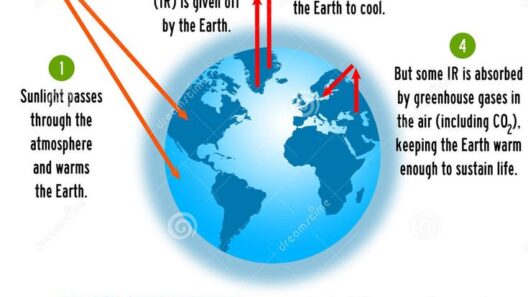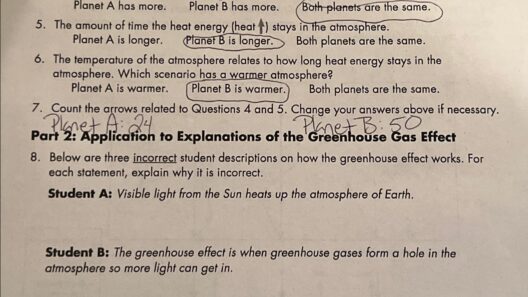The greenhouse effect is a fundamental climate process that sustains life on Earth as we know it. This phenomenon results from the trapping of the sun’s heat by certain gases in the atmosphere, allowing the planet to maintain temperatures conducive to diverse ecosystems. However, it is crucial to delve deeper into understanding the complex mechanics, implications, and the necessity of a balanced greenhouse effect in the current context of climate change.
To appreciate the greenhouse effect, we must first illuminate the fundamental components that constitute this intricate system.
Understanding Greenhouse Gases: The Atmosphere’s Insulators
At the heart of the greenhouse effect are greenhouse gases (GHGs), a collection of atmospheric elements that include carbon dioxide (CO2), methane (CH4), nitrous oxide (N2O), and water vapor. These gases possess the unique ability to absorb infrared radiation emitted from the Earth’s surface, effectively trapping heat and keeping the planet warm. Without this natural insulation, the Earth’s average temperature would hover around a frigid 0°F (-18°C), rendering it uninhabitable.
Each of these gases plays a distinct role in the greenhouse effect. Carbon dioxide, primarily released through human activities such as fossil fuel combustion and deforestation, remains in the atmosphere for an extended period, contributing significantly to long-term warming. Methane, on the other hand, has a much greater heat-trapping ability but exists in smaller quantities and dissipates more quickly. Nitrous oxide, albeit less abundant, is even more potent than both CO2 and CH4 in terms of its heat absorption potential.
This complex interplay among various gases creates a delicate equilibrium essential for sustaining life. However, the ramifications of increased GHG emissions due to anthropogenic activities are profound, leading to a deeper investigation of the greenhouse effect as a double-edged sword.
The Mechanism of the Greenhouse Effect: Nature at Work
The greenhouse effect operates through a series of biological and physical processes that deserve closer scrutiny. Sunlight enters the Earth’s atmosphere primarily in the form of visible light. Upon reaching the surface, a substantial portion is absorbed, warming the planet. Subsequently, the Earth re-emits this energy in the form of infrared radiation.
This is where greenhouse gases perform their essential function. As they absorb the emitted infrared radiation, they cause the heat to be redirected back toward the Earth’s surface, rather than allowing it to escape into space. This capture of heat is akin to wrapping the planet in a warm blanket, fostering an environment where flora and fauna can thrive.
This natural greenhouse effect is vital for life, but in recent decades, the systematic augmentation of GHG emissions has inflated the effect, leading to accelerated global warming. Understanding this transition elucidates the distinction between the beneficial natural greenhouse effect and the detrimental anthropogenic enhancement.
The Implications: A Balancing Act Between Life and Climate Change
The implications of an intensified greenhouse effect are myriad and far-reaching. While a certain level of warming is essential for life, excessive greenhouse gas concentrations trigger severe climatic alterations, leading to phenomena such as rising sea levels, extreme weather patterns, and disruptions to ecosystems. The balance between the greenhouse effect and climate stability is teetering under the weight of human activity.
These extraordinary changes summon a plethora of responses from both the environment and humanity. Glaciers and polar ice caps melt at accelerated rates, contributing to a concerning rise in sea levels. This, in turn, threatens coastal communities and ecosystems, calling for urgent adaptation and mitigation measures.
Moreover, biodiversity suffers as species struggle to adapt to rapidly changing climates. Habitat loss, altered food supplies, and increased competition further exacerbate the plight of wildlife. This cascade of ecological disruptions showcases the intricate web of relationships sustained by a balanced greenhouse effect and accentuates the pressing need for conscious environmental stewardship.
The Human Response: Global Efforts Towards Mitigation
Recognizing the urgency of the situation has prompted international action towards mitigating climate change impacts. The Paris Agreement, adopted in 2015, exemplifies a collective endeavor where nations commit to limiting global warming to well below 2°C. Transitioning to renewable energy sources, enhancing energy efficiency, and promoting carbon sequestration are among the strategies aimed at curbing GHG emissions.
However, individual contributions also matter. Sustainable practices, such as reducing waste, conserving energy, and supporting local and organic agriculture, can collectively forge a path towards a more sustainable future. Encouraging education, advocacy, and awareness around the greenhouse effect and its repercussions is essential for fostering a society equipped to address climate challenges head-on.
In conclusion, understanding the greenhouse effect is paramount to grasping the complexities of our climate system. This delicate balance significantly impacts our planet’s ability to sustain life, while human activities have distorted its natural equilibrium. Building awareness and fostering action are crucial to ensure that the benefits of the greenhouse effect are preserved, rather than allowing it to spiral into a threat. The journey toward a sustainable future lies in our collective hands, instilling hope that meaningful change can emerge from our understanding of this essential climate process.







